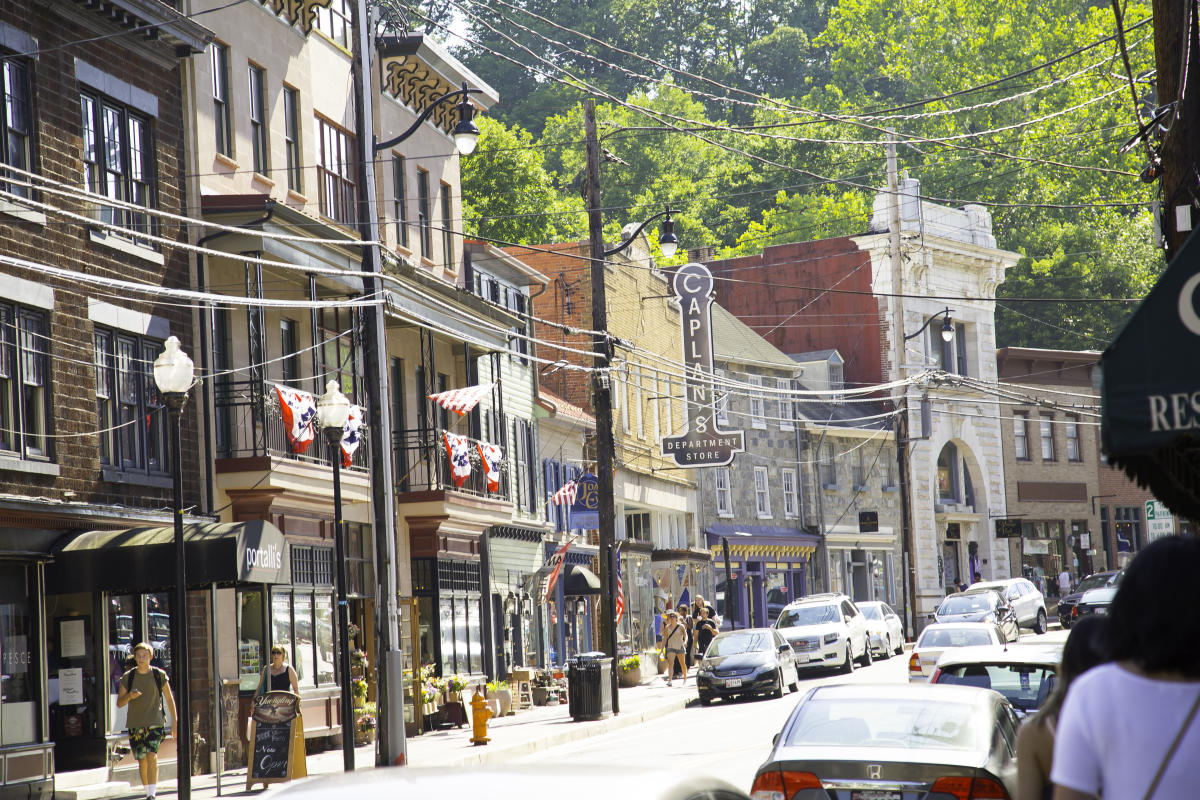
While events like these are tragic for those impacted by the power of flood water, the findings and continued research will allow for even better products to assist forecasters with flash flood prediction and their operational warning decisions. NSSL scientists will analyze this particular case and other flash flood events to continue improving upon the research and algorithms that drive the MRMS and FLASH systems. The white polygons represent flash flood warning and the brown dots represent flash flood reports. QPE maximum average recurrence interval and CREST hydrologic model unit streamflow at 2200 UTC. The blue colors representing unit streamflow values exceeding 10 cms/square km are generally correlated with major flash flooding and “Flash Flood Emergency” events. The unit streamflow map highlights the areas of the flash flood threat.

1), was severely flooded by intense, short-duration rainfall that resulted in loss of life significant damage to buildings, roads, infrastructure and hundreds. The rainfall shown exceeded the 200 year return period color scale and was likely a 1000 year return period. On July 30, 2016, and May 27, 2018, the downtown area of Ellicott City, Maryland (fig. Using the 1-km resolution MRMS QPE, the FLASH system performs QPE comparisons and runs hydrologic models to determine areas that could experience flash flooding and their potential severity. Shown are 24-h accumulations ending at 1200 UTC. Comparison of 4-km resolution QPE versus 1-km resolution MRMS QPE.


The comparison of the operational MRMS radar-only QPE product at the 1-km Cartesian grid space versus QPE generated at a coarser 4-km polar stereographic grid space displays the ability for MRMS to capture the greater precipitation totals because of its finer resolution. One of the key benefits of quantitative precipitation estimations (QPEs) from the MRMS system is the high spatio-temporal resolution of the products. The work conducted by NSSL scientists with the recently updated Multi-Radar Multi-Sensor (MRMS) system along with the hydrologic modeling from the Flooded Locations and Simulated Hydrographs (FLASH) project was put to the test during this event. Less than two years removed from the devastating flash floods that impacted Ellicott City, MD in 2016, the same area experienced another catastrophic flash flood on Sunday, May 27th. "Ellicott City flood prompts call for nine-month freeze on development". "Ellicott City's historic Main Street reopens after devastating flood". " 'We thought we were gone': At least 2 dead after severe flash flood in Ellicott City, Md". ^ Wiggins, Ovetta Hui, Mary Cox, John Woodrow ()."Flooding In Historic Ellicott City JTakes Out The Clock" (video). ^ "Flash flood kills 2, devastates Maryland city's historic downtown"." 'It's got its beauty and it's got its beast' business owners lament of flood-prone Jones Falls Valley". "2 Maryland Flood Victims Identified 'Total Devastation' in Ellicott City". ^ Maryland Event Reports: July 30, 2016, NCEI."2 dead, emergency declared after historic Ellicott City ravaged by flash flood". The Howard County Councilman Jon Weinstein (District 1) attempted to put a moratorium on development throughout the Tiber-Hudson watershed, but the push was ultimately unsuccessful in preventing further development. The street reopened to vehicle and pedestrian traffic on October 6, 2016. Main Street remained closed for more than two months as businesses and residents cleaned up from the floods and began repairing damaged buildings and sidewalks. Maryland Governor Larry Hogan declared a state of emergency and at least two people were confirmed to have died (Jessica Watsula, 35, and Joseph A. Flooding damaged many homes, businesses, sidewalks, and landmarks, including the city's landmark clock. The flash flood that resulted inflicted severe damage to the area primarily on Main Street ( Maryland Route 144). On the evening of July 30, a severe thunderstorm moved into the area of Ellicott City where it dumped an estimated 6 inches (15 cm) of rain in two hours. Kittleman in Ellicott City shortly after the flood

Governor Larry Hogan and Howard County Executive Allan H.


 0 kommentar(er)
0 kommentar(er)
